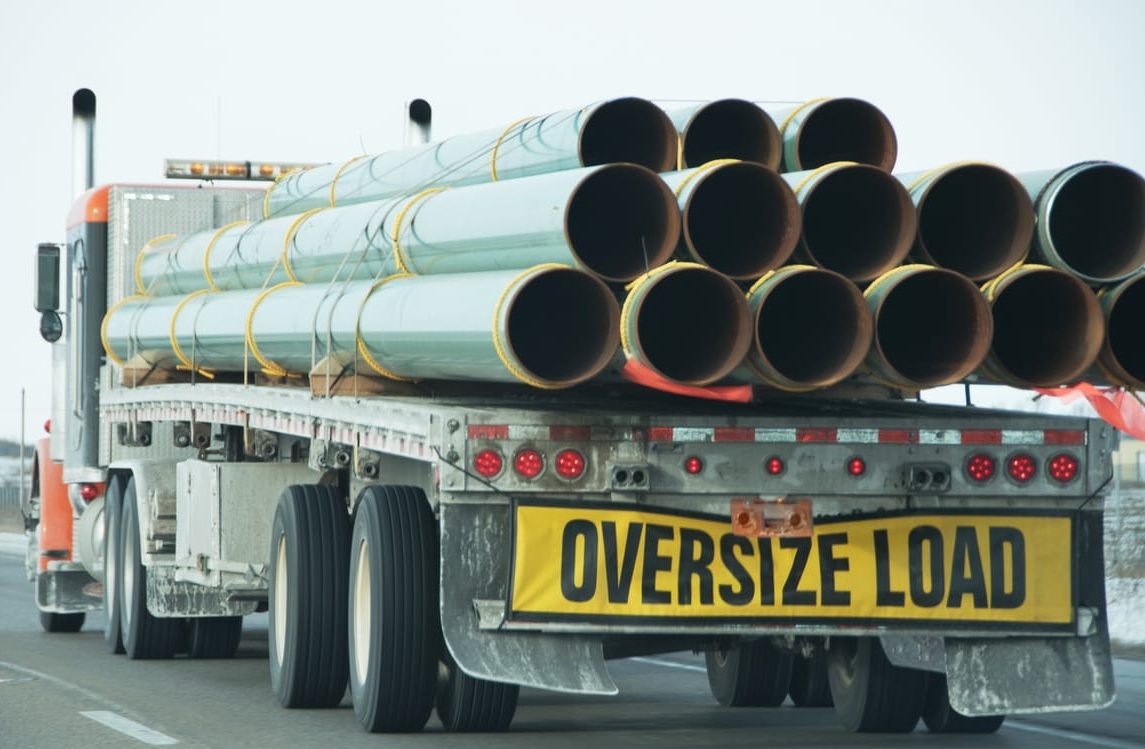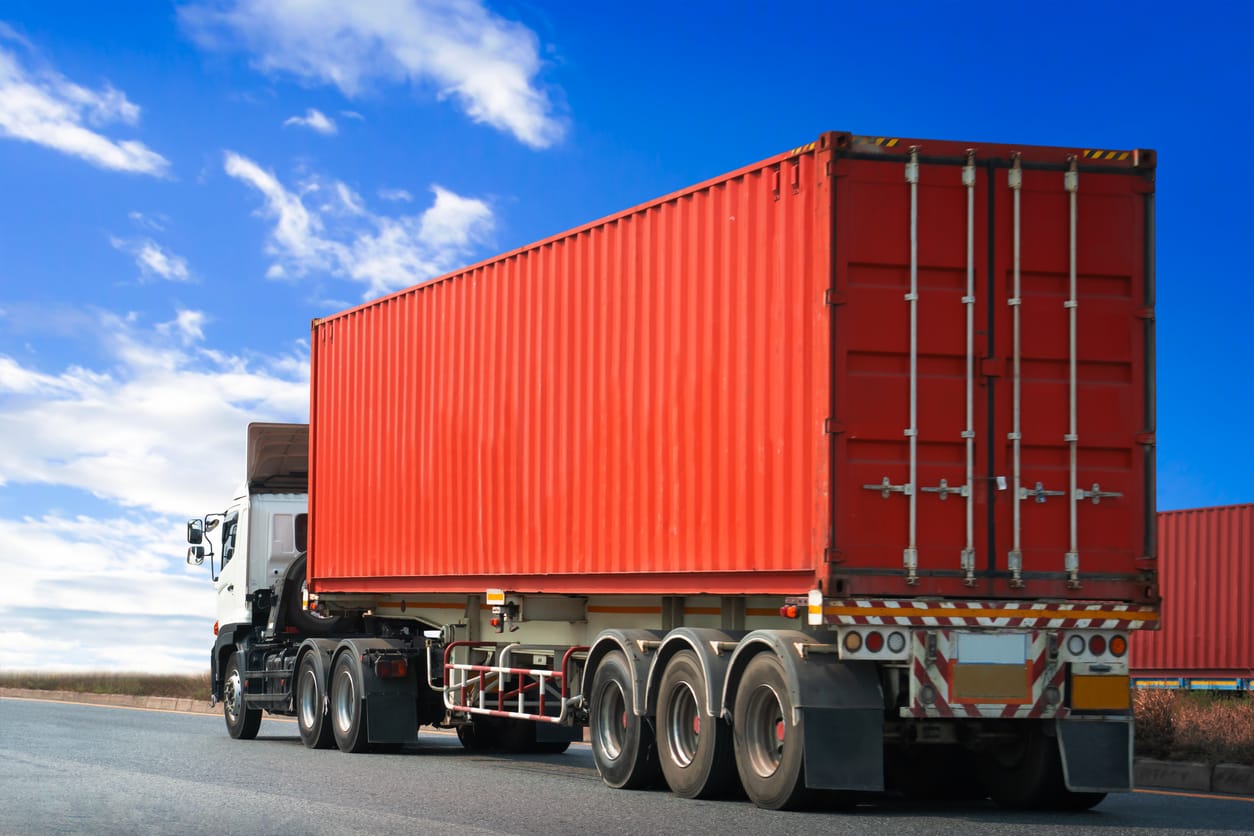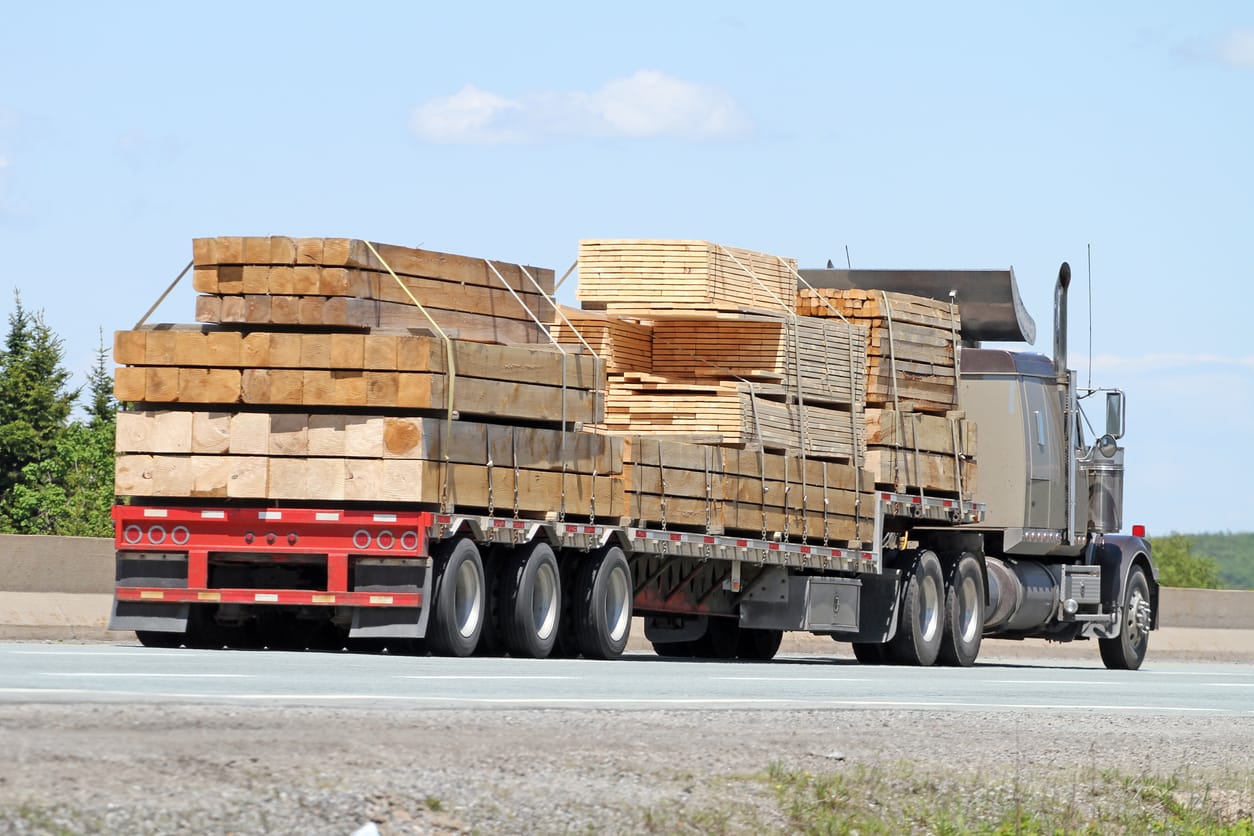Here are some things you should know when you need to ship pipes, pilings, or wood logs.
For construction purposes, estimating the number of pipes, pilings, or wood you need is the first step. The estimate should include the necessary dimensions, like the thickness, lengths, and diameters. It should also have pipe pilings or wood quality. You also want to add the destination. Where is the destination of these materials? Then, you note when you will need them. Is it urgent or not until a few months? Do you need this material quickly, or not for a few months?
Drafting a detailed estimate like this will help in two ways:
- It will help you get the materials you need in the right size and quantity. Your shipping company will use this information to determine the total cost of transporting your materials.
- If you’re moving old pipes, you also need details of the amount, the location where the pipes will be loaded, and where they will be supplied.

The next step is to search for a company that transports pipes and similar materials. Several shipping companies, but not all can deliver your pipes or logs in good shape. Therefore, here are some qualities you should look out for before making your choice.
A good pipe shipping company will have different trailer sizes to accommodate varying pipe and log lengths. Also, check if these trucks are in good condition. You may be at risk of loss if your pipes are transported in faulty trailers.
It is critical that you get a shipping company with expertise in transporting heavy freight like yours. They should have personnel with skills in stacking and lashing to avoid mechanical and corrosive damage.
Asides from their trucks, you want to check if they have the necessary hauling equipment. Some companies will help you sort out permits and legal requirements. Others will have a level of insurance and protection. You should go in search of such kind of shipping companies.
While this is not of utmost importance, it is a plus as it keeps your mind at rest. Please note that not all brokers and carriers are equipment with this software.
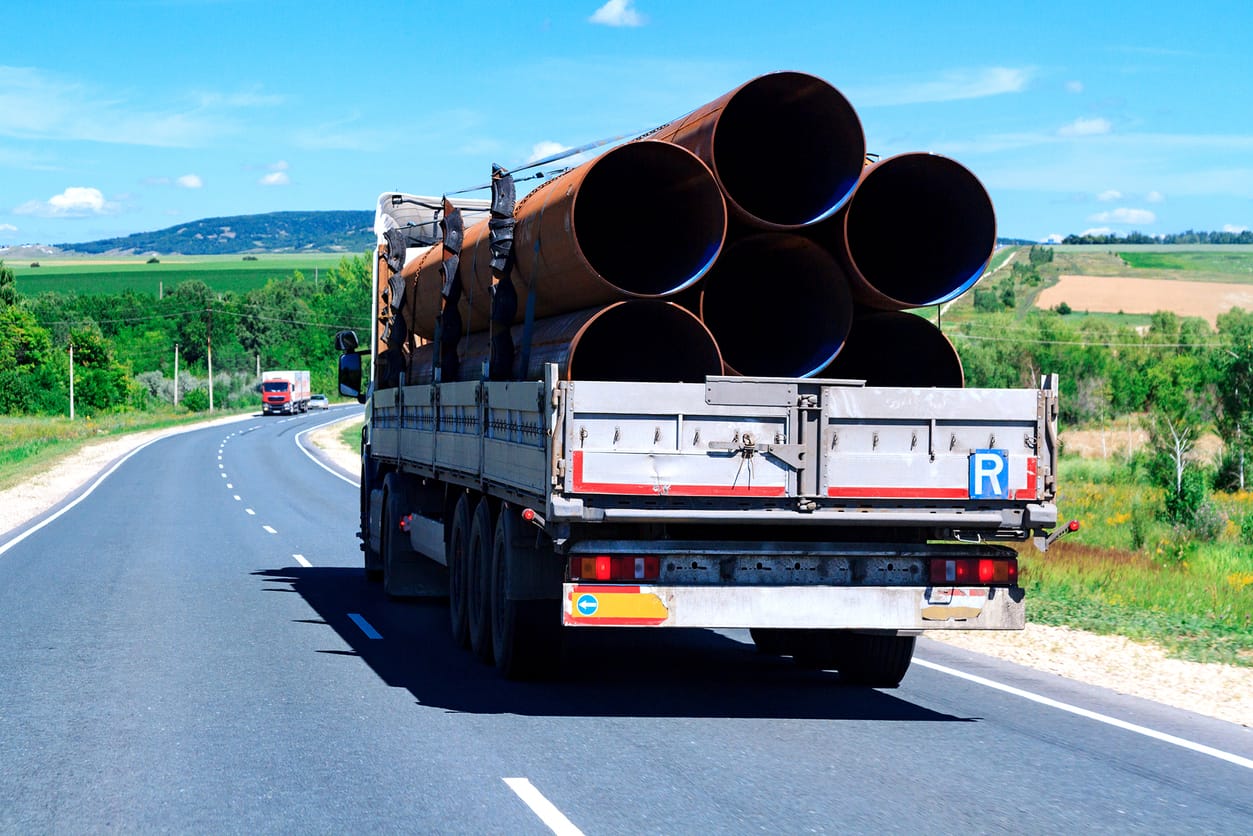
After choosing a shipping company, contact them to discuss this further. Details of your discussion will include the transportation method, dates and pricing. There are two primary transportation methods: truck and rail.
Truck: Depending on the truck type. In making your choice, ensure that you choose one that will accommodate your materials once or in batches. Also, check for state weight restrictions. The majority of the United States, for example, does not permit trailers to move with loads weighing above 46,000 lbs on state roads.
Level trailers like the Flatbed or step-deck trailers are known to be the safest for transporting steel pipe. They are open at the sides and provide effective onloading and offloading of pipes.
Rail: Rail is preferable when you have longer lengths and quantities of pipes, pilings, and woods to transport. If your transport company recommends shipping by rail, it saves you some road levies. However, it would help if you took note of the peculiarities of loading rail cars; the length tolerance, weight in relation to the height and car capacity, and the number of straps required. If you do not load according to the requirements, you may experience delays by rail officials.
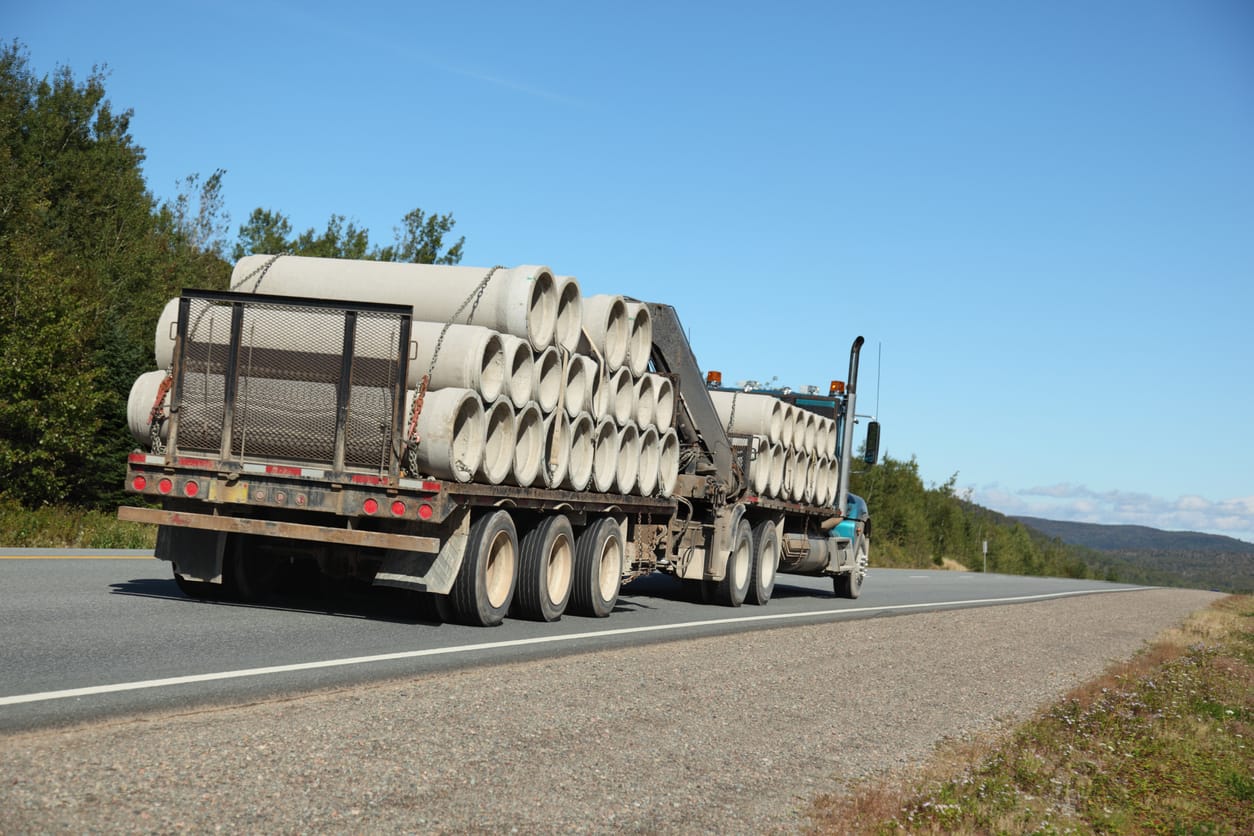
After choosing your transport method, you then discuss the loading plan. For bulk transport, you may need to transport your pipes in batches. A good shipping company with experience will draft a suitable plan for you. Preparing a plan considers the vessel, the location, and the timeline. For example, if you are transporting within a short distance, your transport contractor may advise that you choose a bigger transport vessel.
Once your materials are ready to move, your transport company is responsible for keeping them safe and in one piece. They have to record any minor or major damages that may occur. Minor damages, including dents on the pipe, are permissible. However, significant damages that will render the materials useless will be accounted for. These include changes in colors, rust formation, and wood contamination. To avoid these damages, the transport vessel should be kept dry and protected from rain throughout transit. Wood should be adequately ventilated to prevent ship sets that may lead to decay.
Also, ensure that the materials are treated with care during loading and discharge. The bands used to secure the materials should be fixed correctly. If your materials are prone to damage by forklifts, the transport personnel should supervise their use.
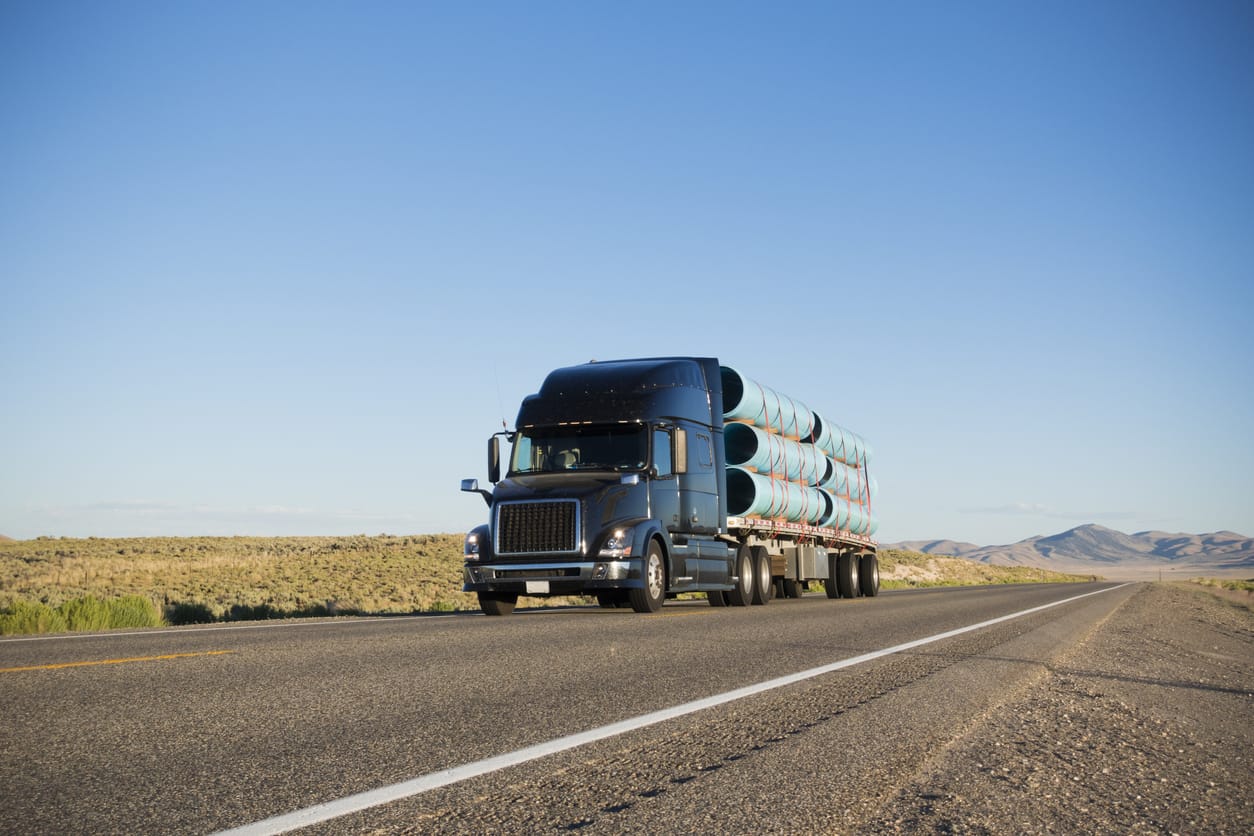
From the information above, you will agree that you need a shipping company with the experience to transport your pipes, pilings, or logs. At SAC we have a team of trained professionals who will ensure safety and accountability throughout the transport process.
- How can I tie pipes on a truck?
After racking or stacking your pipes, tie them with strong ratchet straps. You can also make use of chains with binders.
- What method is best for transporting wood logs?
Although you can transport wood logs via road, rail, or ship, the safest means is by road.
